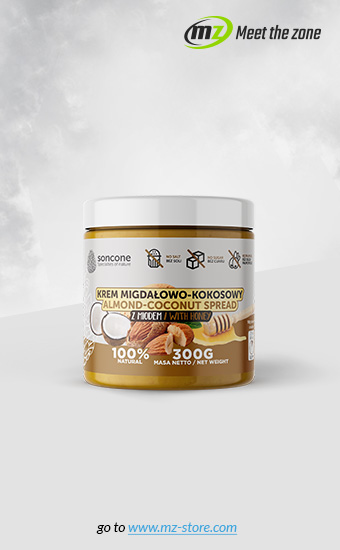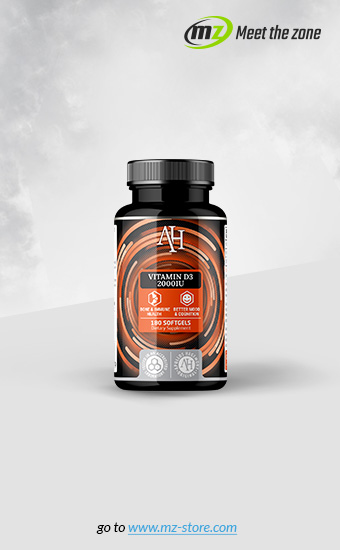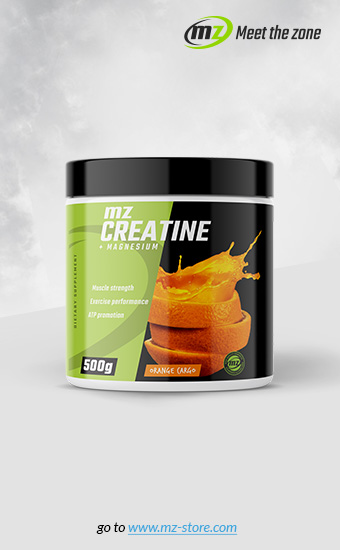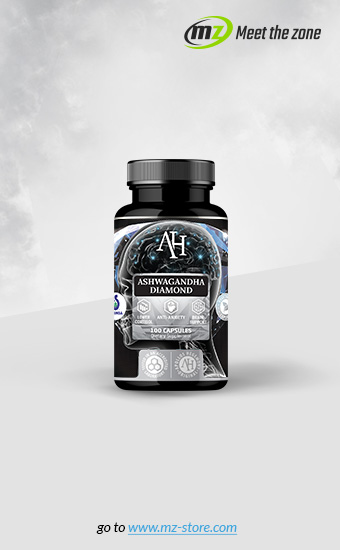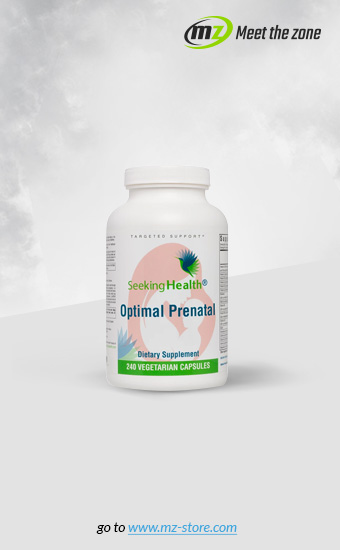We have just finished writing an article about the steps taken by the FDA to increase the regulation of trade in caffeine-based supplements, and we have already received a signal regarding further restrictions. This time the SARMs went under fire, a relatively new group of compounds used in supplementation, however, showing very high potential as a substitute for typical steroids.
On April 24, 2018, the "Selective Androgen Receptor Modulators Control Act of 2018" was issued. According to the introduction to the act, it aims to "increase the efficiency of regulation regarding selective androgen receptor modulators and other"
SARMs have been defined as all substances that are selective agonists of androgen receptors chemically unrelated to testosterone, estrogen, progesterone, corticosteroids and dehydroepiandrosterone (therefore we have a clear indication of the distinction between SARMs and steroids)
Specific measures have also been mentioned:
• Ostarine, enobosome - ((S) -N- (4-cyano-3- (trifluoromethyl) phenyl)-3-(4-cyanophenoxy)-2-hydroxy-2-methylpropanamide
• LGD-4033,Ligandrol - (4-((R)-2-((R)-2,2,2-trifluoro-1-hydroxyethyl) pyrrolidin-1-yl)-2-(trifluoromethyl) benzonitrile)
• LGD-3303 - (9-Chloro-2-ethyl-1-methyl-3-(2,2,2-trifluoroethyl)-3,6-dihydro-7H-pyrrolo [3,2-f] quinolin-7-they
• TT701, LU2452473 - (isopropyl(S)-(7-cyano-4-(pyridin-2-ylmethyl)-1,2,3,4-tetrahydrocyclopenta [b] indol-2-yl) carbamate
• RAD140 - (2-chloro-4 - (((1R, 2S) -1- (5- (4-cyanophenyl) -1,3,4-oxadiazol-2-yl) -2-hydroxypropyl) amino) -3 -methylbenzonitrile)
• Andarine - (S) -3- (4-acetamidophenoxy) -2-hydroxy-2-methyl-N- (4-nitro-3- (trifluoromethyl) phenyl) propanamide
• BMS-564929 - 2-chloro-4 - ((7R, 7aS) -7-hydroxy-1,3-dioxotetrahydro-1H-pyrrolo [1,2-c] imidazol-2 (3H) -yl) -3- methylbenzonitrile
• LG-121071 - 6-ethyl-4- (trifluoromethyl) -6,7,8,9-tetrahydropyrido [3,2-g] quinolin-2 (1H) -one
• S-23 - (S) -3- (4-chloro-3-fluorophenoxy) -N- (4-cyano-3- (trifluoromethyl) phenyl) -2-hydroxy-2-methylpropanamide
All derivatives (esters, salts, ethers and analogs) of these substances are also prohibited. The list can also be updated. It is worth noting the specification of both common and chemical names, which does not allow the sale of the same product under a different name.
What threatens SARMs?
According to the next indications, SARMs must be clearly marked so that they can be traded. If it is a derivative, it must be marked as a derivative. In a word - absolute clarity and transparency of labels is required.
Exceptions
An interesting point is an exception containing what is SARM. There is a mention that SARM can not be called herbs, plants, extracts or concentrates (or their combinations).
Expected effects
We are not clairvoyants, but an increased amount of regulation will certainly be associated with a greater cost of production (which will ultimately affect the price of SARMs). On the other hand, it may result in an intensification of the search for new compounds with analogous mechanisms among plants and herbs (could laxogenin get a larger share in the market?).
Summary
Euphemistically speaking for SARM supporters - there is nothing to panic about at the moment. We consider the clarification of SARM labels as a positive thing, because we will be sure what and in what quantity we take, which can increase the comfort and efficiency of using these. On the other hand, it can also be a preview of further regulations that will be more drastic.
How will it be? He will show time as usual. We will closely follow the next legislative steps and keep up to date on important information.
Reference:
https://www.gpo.gov/fdsys/pkg/BILLS-115s2742is/pdf/BILLS-115s2742is.pdf

